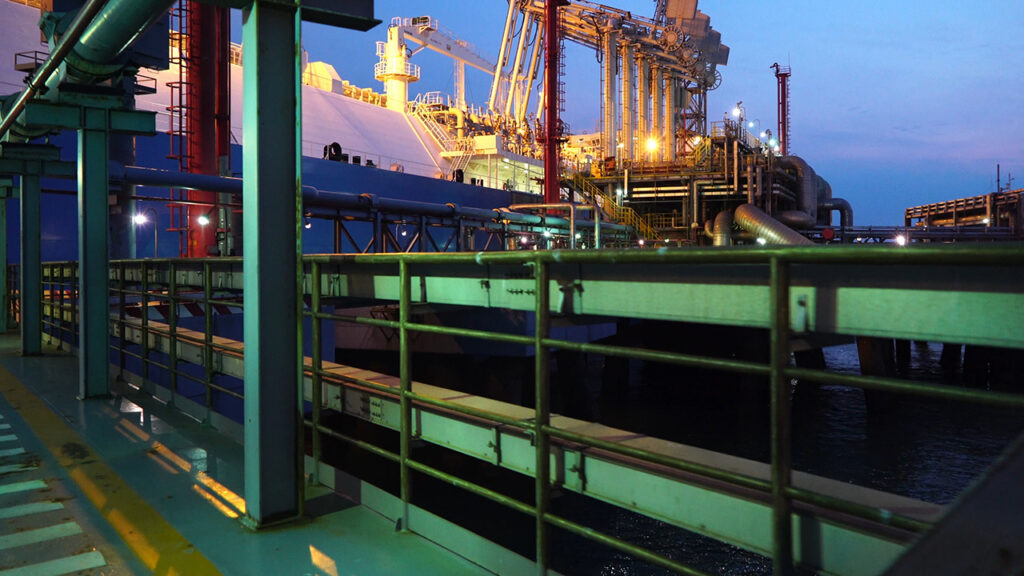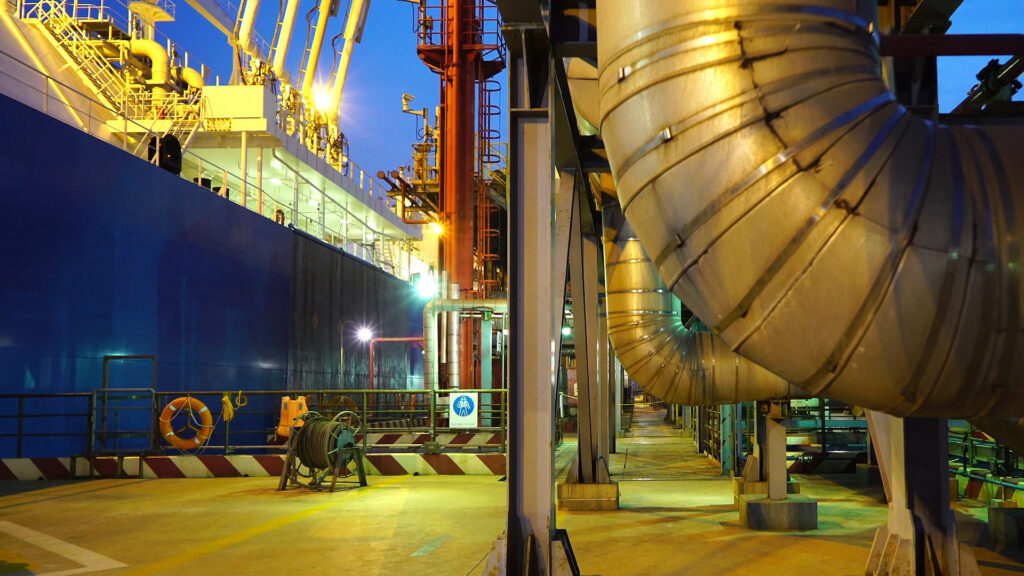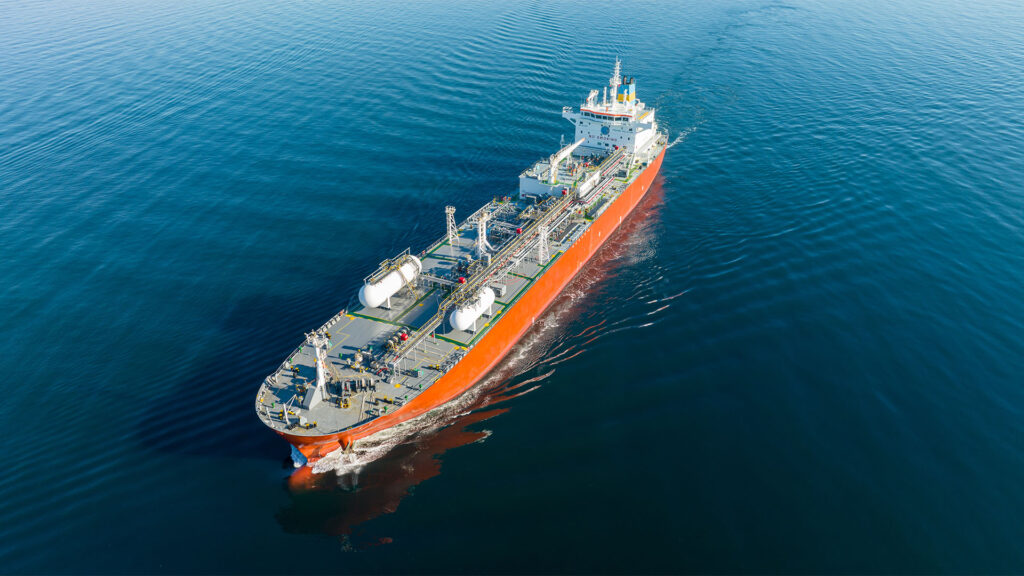Sanchez v. Smart Fabricators – Course Correction for the Seaman Status Test
The full panel of the United States Court of Appeals for the Fifth Circuit took up the issue of seaman status in its latest opinion issued May 11, 2021, narrowing the test and likely limiting the universe of marine contractors who will qualify as Jones Act seamen in the future.
The Sanchez procedural background
Sanchez was a land-based welder working for Smart Fabricators of Texas aboard jacked-up offshore drilling rigs. He was injured when he tripped on a pipe welded to the deck of the rig. He claimed to be a seaman and sued his employer for negligence under the Jones Act. Sanchez initially filed his lawsuit in state court, but Smart Fabricators removed to federal court, arguing that Sanchez was not a Jones Act seaman. The district court agreed, and denied Sanchez’s motion to remand. Sanchez appealed.
In March 2020,1 the Fifth Circuit affirmed the district court’s order, finding that Sanchez did not have a connection to vessels in navigation substantial in nature, and thus was not a Jones Act seaman. In April 2020,2 however, the Fifth Circuit withdrew its earlier opinion, and in August 2020 issued a new opinion reversing course and determining that Sanchez was, in fact, a seaman. It noted in a concurrence, however, that although the court is bound by its own circuit precedent, such precedent has not correctly applied Supreme Court authority. It ultimately urged all of the judges of the Fifth Circuit to review the Sanchez case en banc to bring the Fifth Circuit’s jurisprudence in line with Supreme Court case law.
The U.S. Supreme Court’s seaman status test
In Chandris v. Latsis, 515 U.S. 347 (1995), the Supreme Court established a two-prong test to determine whether a person is a seaman under the Jones Act.
- The person’s duties must contribute to the function or mission of a vessel.
- The person must have a connection to a vessel or fleet of vessels that is substantial in terms of both (a) duration and (b) nature.
Later, in Harbor Tug & Barge Co. v. Papai, 520 U.S. 548 (1997), the Supreme Court expanded further on the “substantial in nature” test. In Papai, the Supreme Court determined that the plaintiff, a union-hall worker engaged to paint the vessel at dock, did not have a connection to a vessel substantial in nature. His duties did not take him to sea and did not include any seagoing activity. He was a land-based, rather than a sea-based, employee.
Fifth Circuit’s course correction as to “substantial in nature”
Each Sanchez opinion turned on whether Sanchez had a connection to a vessel that was substantial in nature. The en banc court recognized that its recent analysis of the “substantial in nature” element drifted off course in its Endeavor Marine3 and Naquin4 opinions when it focused exclusively on whether the workers were subject to the “perils of the sea.” While this is one consideration, it is “not the sole or even the primary test.” Instead, the Fifth Circuit called for the following additional inquiries to be made when distinguishing seamen and non-seamen who may face similar risks and perils:
- Does the worker owe his allegiance to the vessel, rather than simply to a shoreside employer?
- Is the work sea-based or [does it] involve seagoing activity?
- (a) Is the worker’s assignment to a vessel limited to performance of a discrete task after which the worker’s connection to the vessel ends; or (b) Does the worker’s assignment include sailing with the vessel from port to port or location to location?
Applying the new test to Sanchez
In holding that Sanchez was not a Jones Act seaman, the court first confirmed that Sanchez’s work (i.e. welding) contributed to the function of the two rigs on which he worked. It also confirmed that more than 30% of his total employment was spent aboard the two Enterprise rigs. The court then framed the remaining seaman status question as follows: “[W]hether Sanchez spent at least 30 percent of his time aboard these two vessels doing work that satisfies the nature prong of [the Chandris] test.”
Sanchez spent 72% of his work time on the Enterprise WFD 350 doing welding work. During this time, the rig was jacked-up so that the deck of the barge was level with the dock. It was separated from the dock by a gangplank which allowed Sanchez to take two steps to land where he commuted home every evening. The court likened these facts to the Supreme Court’s decision in Papai, making it clear that this work was not sea-based. He was not engaged in seagoing activity, his duties did not take him to sea, his work was not of a sea-going nature (because it was at the dock), and he was not going to sail with the vessel when he finished the work.
Sanchez also spent 19% of his work time aboard the Enterprise 263 located offshore in the Gulf of Mexico. He performed welding work on the vessel, and he was aboard when the rig was moved by tugboats to a new location. He did not, however, plan to remain on the vessel after the welding work was completed; indeed, his co-workers returned home at the conclusion of the welding job. The court noted that Sanchez’s time on the Enterprise 263 fell short of the 30% required under Chandris. Further, his work was on a discrete, individual job and, once finished, Sanchez had no further connection to the vessel.
Takeaways
- This decision will allow courts to differentiate between the two types of workers normally found on drilling rigs: seamen who conduct the drilling operations and stay with the vessel when it moves from location to location; and non-seamen who are usually contractors engaged to do a discrete job for a limited period of time.
- After this decision, simply asking whether the worker was subject to the “perils of the sea” is no longer a sufficient evaluation, on its own, to satisfy the Supreme Court’s test in Chandris requiring a substantial connection in nature. Instead, litigators must also focus on the additional questions outlined above.
- We anticipate the real battle in the future will be over the prong, “Does the worker owe his allegiance to the vessel, rather than simply to a shoreside employer?” Plaintiffs’ attorneys will attempt to make status using this question.
- The employment contracts of non-seamen may become particularly helpful, although not dispositive, when focusing on these new questions.
Footnotes
- Sanchez v. Smart Fabricators – Fifth Circuit Denies Seaman Status to Offshore Worker Injured on Jack-Up Rig, (April 2020) https://www.hfw.com/insights/Sanchez-v-Smart-Fabricators-Fifth-Circuit-Denies-Seaman-Status-to-Offshore-Worker-Injured-on-Jack-Up-Rig/ ;
- Sanchez v. Smart Fabricators – Seaman Status Whiplash or Groundwork for Future En Banc Course Correction?, (September 2020) https://www.hfw.com/insights/Sanchez-v-Smart-Fabricators-Seaman-Status-Whiplash-or-Groundwork-for-Future-En-Banc-Course-Correction/ .
- In re Endeavor Marine, Inc., 234 F.3d 287 (5th Cir. 2000) (per curiam).
- Naquin v. Elevating Boats, L.L.C., 744 F.3d 927 (5th Cir. 2014).

Download a PDF version of ‘Sanchez v. Smart Fabricators – Course Correction for the Seaman Status Test’










